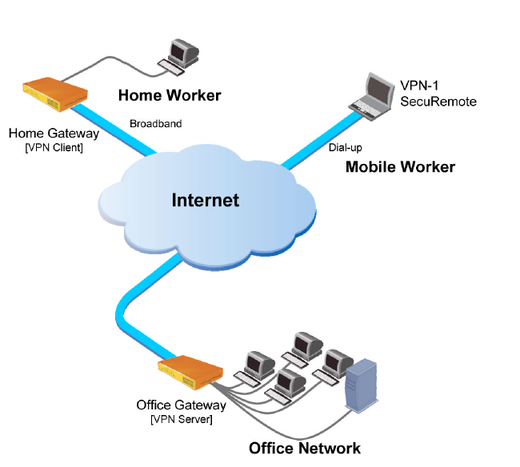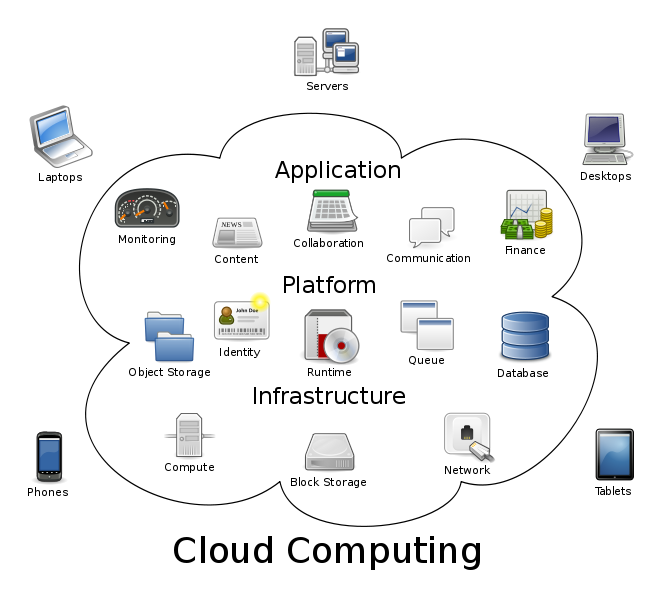What is the Cloud?


The term “cloud” when talking about technology or computing, is not new. In simple terms, ‘cloud’ is a metaphor for the Internet.
In fact, cloud symbols are repeatedly used to depict the Internet on diagrams. If you think of the Internet as a virtual ‘space’ that connects users from all over the globe, it is like a cloud, sharing information by the way of networks.
So, if we go back to the question of what is cloud computing, it refers to sharing resources, software, and information through a network, in this case, the Internet.
Information and data is stored on physical or virtual servers, which are maintained and controlled by a cloud computing provider, such as Amazon and their AWS product. As a personal or business cloud computing user, you access your stored information on the ‘cloud’, via an Internet connection.

How does the Cloud work?
To understand the workings of a cloud computing system, it is easier to divide it into two sections: the front end and the back end. They are connected to each other through a network, usually the Internet.
The front end is the side of the computer user or client. The back end is ‘the cloud’ section of the system.

The front end consists of the client’s computer or computer network. Also the application essential to access the cloud computing system. It is not necessary that all cloud computing systems have the same user interface.
On the back end of the cloud technology system, there are various computers, servers and data storage systems that make up the cloud. A cloud computing system could potentially include any computer program, from data processing to video games. Generally, each application will have its own dedicated server.
What are examples of the Cloud?
There has been a significant evolution in the way in which we save, store and access data. You no longer need to save documents on one particular device.
You can access personal files and data from anywhere with a solid Internet service connection, at any time. That’s all because of cloud computing technology. The cloud storage market spoils you for choice too.
A variety of cloud storage providers are available, many of which offer free storage space. Out with file saving on floppy disks, CDs and even USB flash drives, in with cloud storage providers such as Dropbox, Google drive and Backblaze.
What are the different types of Cloud computing?
Cloud computing can mean many different things these days, but there’s three main categories of cloud computing services.
You might have heard about these or use them already; software as a service (SaaS), for example – Microsoft 365, platform as a service (PaaS), example – salesforce.com and infrastructure as a service (IaaS), example – Rackspace.
